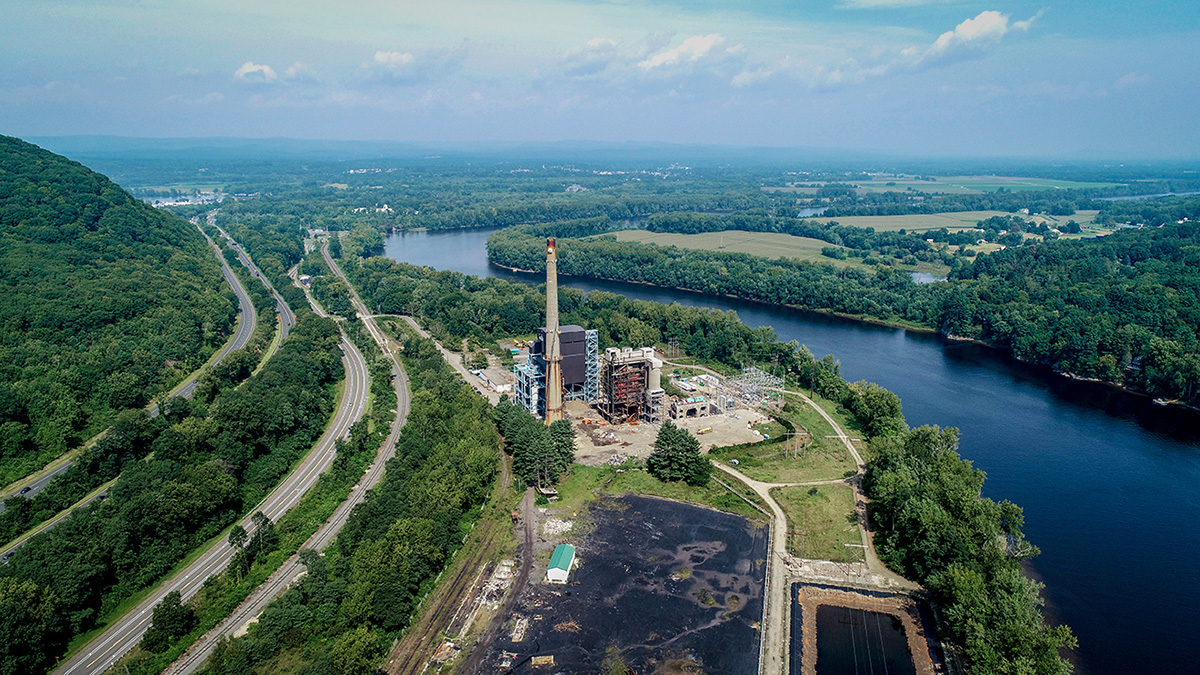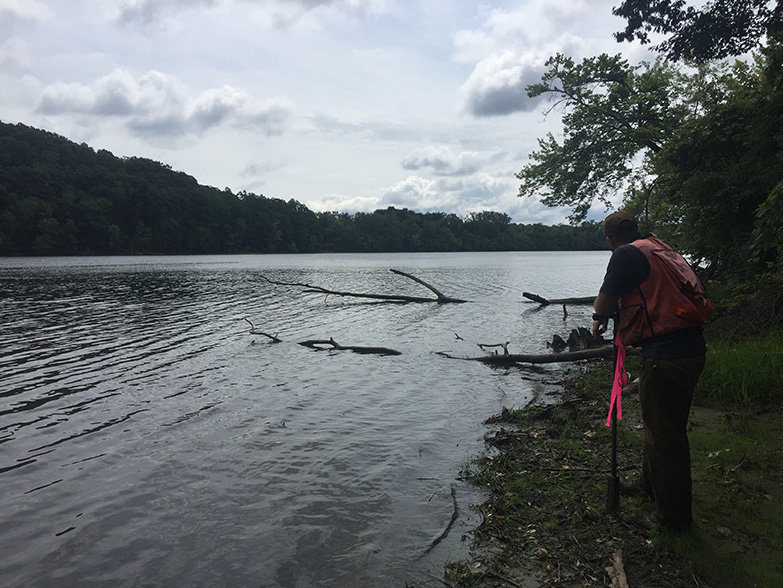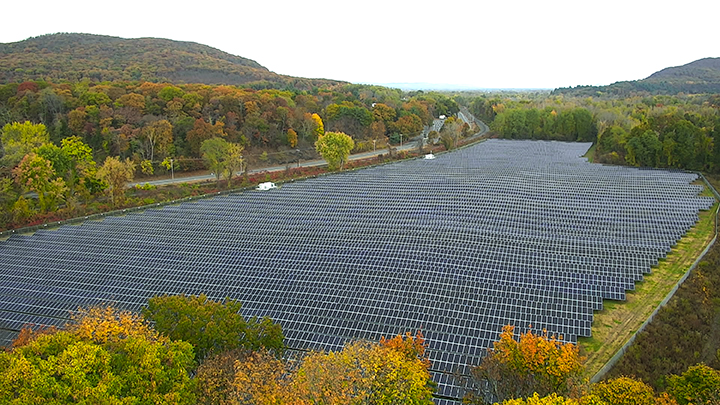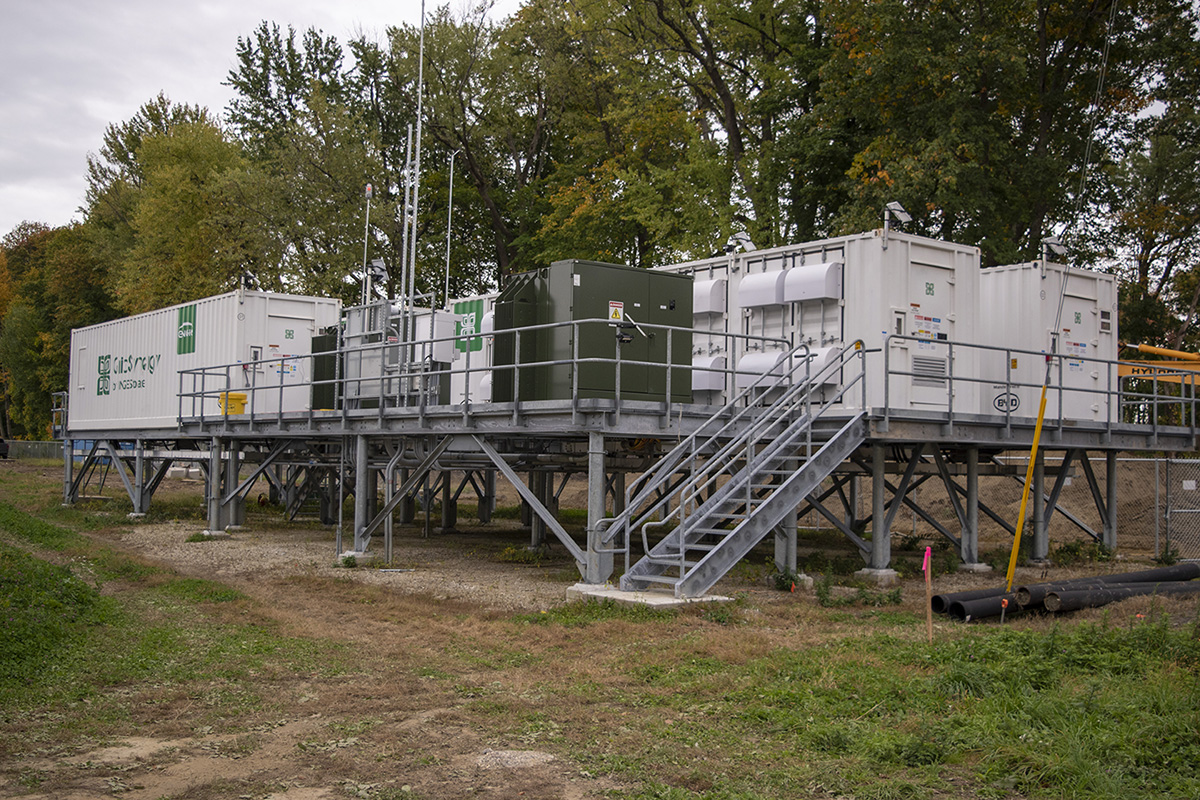- Home
- Contact Us
- News & Events
- Awards
- AAEES Awards Criteria
- 40 Under 40 Recognition Program
- Edward J.Cleary Award
- Excellence in Environmental Engineering and Science Education
- Gordon Maskew Fair Award
- Honorary Member
- International Honorary Member
- Ralph and Joe Bales Graber Science Award
- Stanley E. Kappe Award
- Environmental Communications Awards Competition
- Excellence in Environmental Engineering and Science Competition
- The AAEES Chapter Blue Marble Award
- Resources
- AAEES Microcredentials
- AAEES Press Releases
- AAEES Website How To VIdeos
- Environmental Engineer and Scientist
- Environmental Engineering Body of Knowledge
- PFAS Resources
- Specialty Examination Guide
- Students and Young Professionals Resources
- Who's Who in Environmental Engineering & Science®
- Leadership Opportunities
- Membership
- Donate
- Jobs
2021 Excellence in Environmental Engineering and Science® Awards Competition Winner
Grand Prize - Environmental SustainabilityTransformation of the Mt. Tom Coal-Fired Power PlantEntrant: Tighe & Bond, Inc. Entrant Profile Tighe & Bond’s innovative application of our engineering and environmental consulting services and collaboration with project team members, allowed for the transformation of ENGIE North America’s (ENGIE) Mt. Tom properties in Holyoke, MA. We developed a decommissioning design for the property and worked to obtain a complex array of environmental and land use permits for the entire project. Our environmental team developed the site investigations and corresponding remedial designs for the power plant facility and the associated coal ash management on the property. The coal ash closure approach preserved nearby waterways and protected over 50 acres of vegetated forest and associated rare and endangered species habitats. Other team members included the following organizations: Charter Contracting Company, Environmental Remediation Services, Inc. (ERSI), Eversource Energy, Exponent, Inc., Sovereign Consulting, Inc., and Massachusetts Department of Environmental Protection (MassDEP) Western Regional Office. For the solar and energy storage components of the project on the Mt. Tom property, Tighe & Bond provided permit level design and engineering support, as well as construction period design for the energy storage system. Contractor Fischbach & Moore Inc. managed the installation of the solar project. Holyoke Gas & Electric (HG&E) and ENGIE entered into a Power Purchase Agreement to ensure HG&E had access to energy collected by the solar and energy storage facilities. Project DescriptionThis project has set an example of how to successfully remediate former fossil fuel power generation sites, preserve vegetated areas and protect the associated wildlife while incorporating clean energy to benefit surrounding communities. Tighe & Bond, Inc. has provided engineering and environmental consulting services on the 200-acre property of Mt. Tom and its former coal-fired power plant in Holyoke, Massachusetts since 1969.The plant ceased operations in 2014 and ENGIE North America (ENGIE) began decommissioning and closing the power plant site. ENGIE contracted with Tighe & Bond at the onset of the project to complete two major objectives:
Tighe & Bond’s work was integral to the transformation of this property, providing innovative remedial solutions and sitewide facility decommissioning support services. This dynamic large-scale demolition project allowed us the opportunity to coordinate with regulators, other consultants, and general contractors to achieve the project objectives. The closure of the former coal-fired generation plant included two main concepts; demolition involving the removal of the above-grade facilities with decommissioning of the subsurface infrastructure, and remediation of the facility-related disposal areas, which involved development of a site-specific human health and environmental risk-based approach. Tighe & Bond collaborated with MassDEP to develop an approach, which would achieve compliance with a variety of regulatory requirements as part of the site closure program, but namely with the Massachusetts Contingency Plan (MCP). Specifically, the MCP served as the mechanism to achieve regulatory closure, rather than implementing a solid waste closure approach (clear cut and cap), which would have resulted in significant land disturbance and destruction of over 50 acres of existing coal ash-forested areas and associated rare and endangered species habitats. Closure of the environmental issues (most notably the coal ash areas) was previously contemplated but could not reach regulatory endorsement due to the wide-spread habitat impact. In contrast, our MCP closure strategy was able to be implemented due to the innovative risk-based closure options that were supported by MassDEP and the permitting agencies involved. The successful coal ash closure approach was completed in September 2019 and enabled the preservation of nearby waterways including the Connecticut River and Kennedy Brook, and the protection of over 50 acres of vegetated forest and its associated rare and endangered species habitats. Through the innovative closure strategies, and with the wave of coal-fired power plant closures occurring across the United States, the overall closure approach can serve as a basis for projects of similar nature. This is especially true when private industry, regulators, and consultants collaborate on developing practical solutions, which ultimately benefit area communities, improve local economics through redevelopment and land use improvements, and is protective of the overall environment. For the solar and energy storage components of the project on the southern portion of the Mt. Tom property, contractor Fischbach & Moore Inc. lead the installation of the solar project. The 5.7 MW AC solar project was completed in 2016. Soon after, the construction of the 3 MW/ 6 MWh AC energy storage project was underway. The design for the solar facility and Tighe & Bond’s design for the energy storage facility were careful to elevate all components of the energy and storage facilities above the elevation of the “100-Year Storm” and develop a plan for detailed site grading and to mitigate fill in the floodplain area due to the proximity to the Connecticut River. During this solar and energy project, additional steps were taken to avoid disrupting the existing environment by installing native plantings and species, minimizing the amount of site clearing, and introducing a project-specific mowing regimen to accommodate restrictions for nesting birds and mammals. ENGIE and Holyoke Gas & Electric (HG&E) entered into a Power Purchase Agreement which allowed HG&E access to the energy collected by the solar and energy storage facilities. Electricity from the Mt. Tom solar facility was designed to be collected and stored by this isolated energy storage system that connects to HG&E’s electricity grid. It’s called upon during local and regional peak times for electricity usage since around 8% of the utility’s energy costs are from the top 1% of the hours of energy use. The battery storage system will help HG&E stabilize electric rates long-term because they are avoiding exposure to extreme peak energy prices by using the battery’s energy rather than the grid’s energy during those high-cost hours. By using the energy storage project over a 20-year term, they will also reduce the burden on their electrical distribution system, therefore increasing the overall asset life. The installation of the energy storage component of the project was completed in 2018 and is currently being used by HG&E. The solar and energy storage facilities mark several “firsts” for the Commonwealth. The solar facility became the largest community solar project in the state. The facility generates approximately 7,300- megawatt hours of solar energy production, which is enough to power 1,800 homes in the area for an entire year. The energy storage component of the project is now the largest utility-scale energy storage installation in Massachusetts. The transformation of the coal-fired plant to a fully remediated and safe site, has enabled ENGIE to move forward with its plan to use the property for future development. The completion of this project has continued to positively impact the City of Holyoke. In 2019, the City was recognized by Smart Electric Power Alliance (SEPA) for the third most annual energy storage watt-hours per customer in the entire nation. In 2021, SEPA honored HG&E as one of the top 10 utilities in the nation to demonstrate the greatest progress during their transition to clean energy. Massachusetts’ evolving energy market can now look to the transformation of Mt. Tom as a model of success that can influence future solar and energy storage projects and coal-fired power plant closures across the region. Click images to enlarge in separate window. Click here to return to the list of 2021 winners. |











































